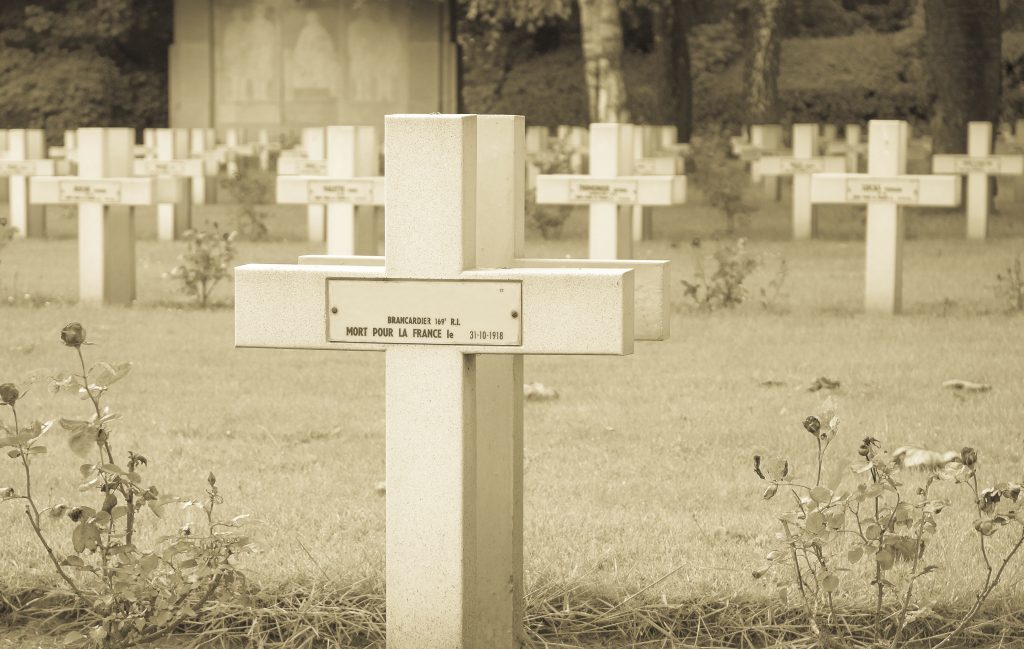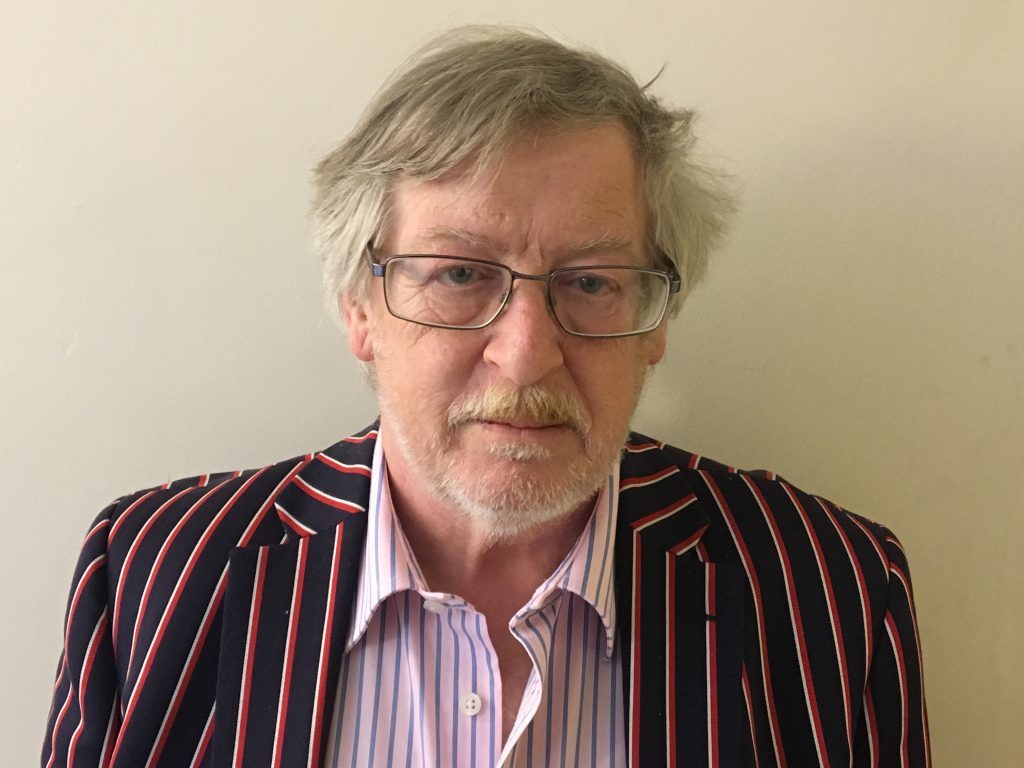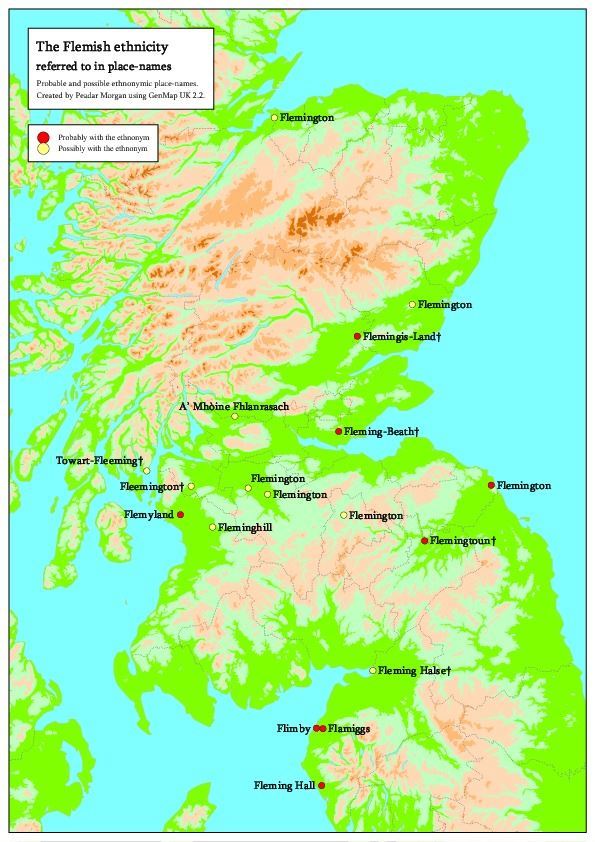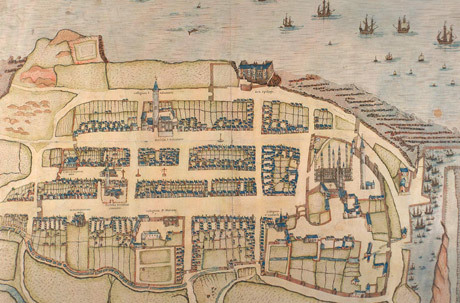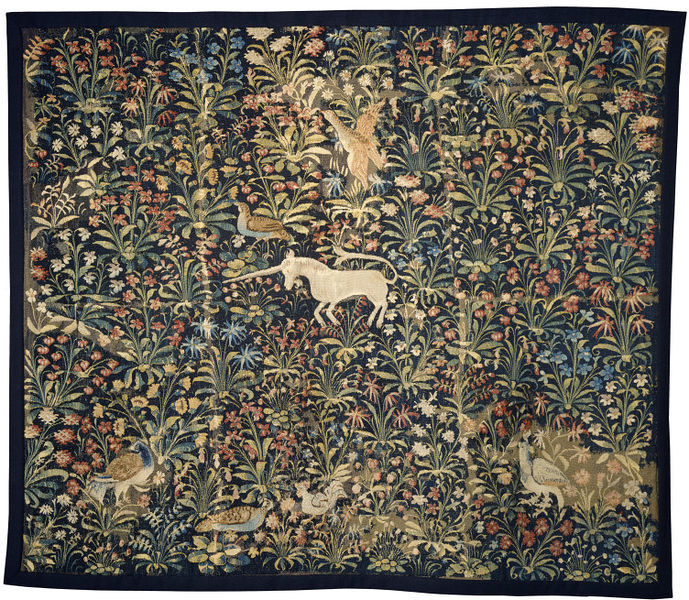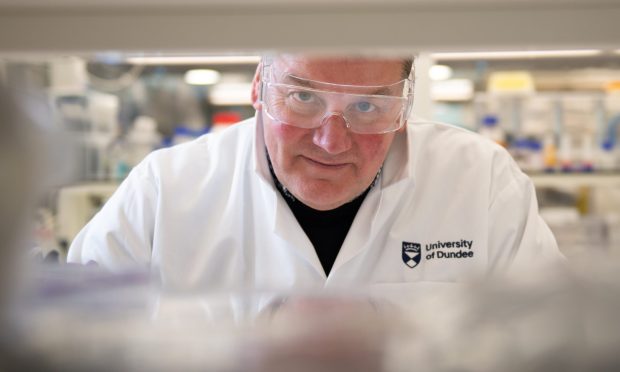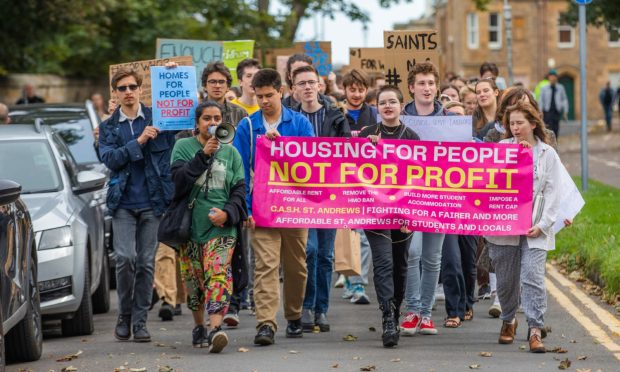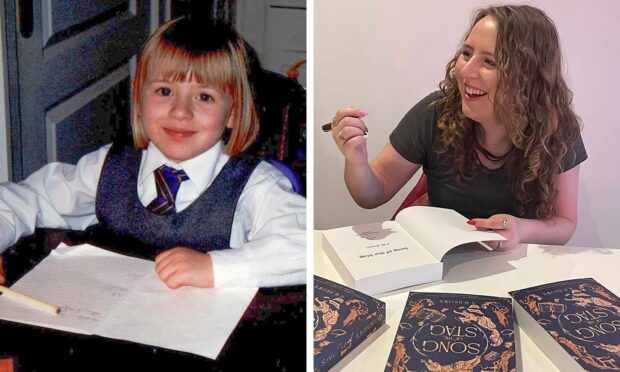A conference taking place at St Andrews University next month will shed new light on Scotland’s centuries-old relationship with Flanders, learns Michael Alexander.
Migration has never been far from the news over the past decade whether it’s been issues surrounding the numbers of eastern Europeans settling in Scotland or debate over the number of refugees we should or shouldn’t take from Syria.
The forthcoming European Union referendum is also concentrating minds about Britain’s relationship with the continent. It is a relationship often framed through the prism of 20th century war.
But it’s historic immigration from Flanders – in northern Belgium – which will be the subject of a conference being held at St Andrews University on June 16 and 17.
The conference is the culmination of a three-year research project at the university overseen by Professor Roger Mason.
It will explore the relationship between Scotland and Flanders in the medieval and early modern periods and the influence of Flemish people and Flemish culture on Scotland through the centuries.
Drawing on research by leading scholars in history, art history, archaeology, material culture and genetic genealogy, the conference will investigate such themes as the migration and settlement of Flemings in Scotland, the commercial and diplomatic relations between Flanders and Scotland, and the range of connections, from family origins to the game of golf, that are continuing testimony to their historic links.
Now organisers, backed by the Institute of Scottish Historical Research and the Government of Flanders, are keen to hear from anyone with potential Flemish links.
One man with a keen interest in the conference is Angus-based genealogist and Scottish Local History Forum chairman John Irvine, who is a member of the ‘Scotland the Flemish People’ team.
The Lochee-raised 66-year-old worked as an engineer in the oil and gas industry for 30 years.
Since retiring in 2003, he has pursued his life-long interest in local history. He has recently published articles on the Flemish influence, from the 12th century onwards, on Dundee and its surrounding areas.
“If you look at a map there are place names like Flemington and Flemingis-Land in Angus and Fleming-Beath in Fife, “he tells The Courier.
“There are also family names like Fleming. Ian Fleming the author, for example – his ancestors came from Newport and prior to that came down from northern Perthshire.
“But there a lot of people with other names common in the area who may not realise they are Flemish. Names like Bell, Erskine, Lindsay, Murray, Spalding and Sutherland, to name a few.
“Other possible Flemish origin families in Scotland include Abernethy, Anstruther, Baird and Batchelor. There are many more.”
With Flemish history in Britain dating back to after the Norman conquest of 1066, Mr Irvine explained that the Flemish people may have settled in the area around Dundee as long ago as the 12th and 13th centuries.
In the time of King Alexander III (1198 – 1249), a knight called Bartholomew of Flanders, or the Fleming, can be found in Angus. Where he settled initially is not known, Mr Irvine said, but probably the lands of Flemington, near Forfar, had belonged to him and received their name from his nationality.
“For much of the period from the 12th century through to the late 15th century, “ he added, “the wool trade with Flanders – with good quality Scottish wools being sent primarily to Bruges – was effectively the engine growth for the Scottish economy.
“During that period it was often the abbeys that farmed the sheep and took the initiative to ship the wool to Flanders. Coupar Angus Abbey, it is thought, produced wool that was shipped through Perth or Dundee.
“In the 1500s, the king of Scotland once invited 12 Flemish weavers over because they were experts in weaving. But it wasn’t just the weaving trade. They were some of the first malt men – beer makers.”
Mr Irvine said he had found research on the Cant family, which had Flemish roots, particularly interesting. A notable member of the family in the 20th century was Ronald Cant, who taught history at St Andrews University. The Strathmartine Trust, established at the university after his death, is testimony to his Auchterhouse links.
Mr Irvine said efforts had been made to contact as many families as possible.
A Y-DNA project was also being carried out to help discern any common ancestors among participating families and also possibly determine, as genetic science advances, whether a family had its roots in Flanders
This project is being administered by Alasdair Macdonald, a leading authority on DNA from the University of Strathclyde. He will publish his findings at the St Andrews conference.
Mr Irvine said other mysteries remained.
He added: “Several years ago on the Antiques Roadshow a reference was made to the “Flemish Silver Hoard” in North Perthshire. Does anyone out there have any information on this? If so please write to The Courier!”
For enquiries about the Scotland and the Flemish People conference taking place at St Andrews University on June 16 and 17, email scotflem2016@st-andrews.ac.uk
